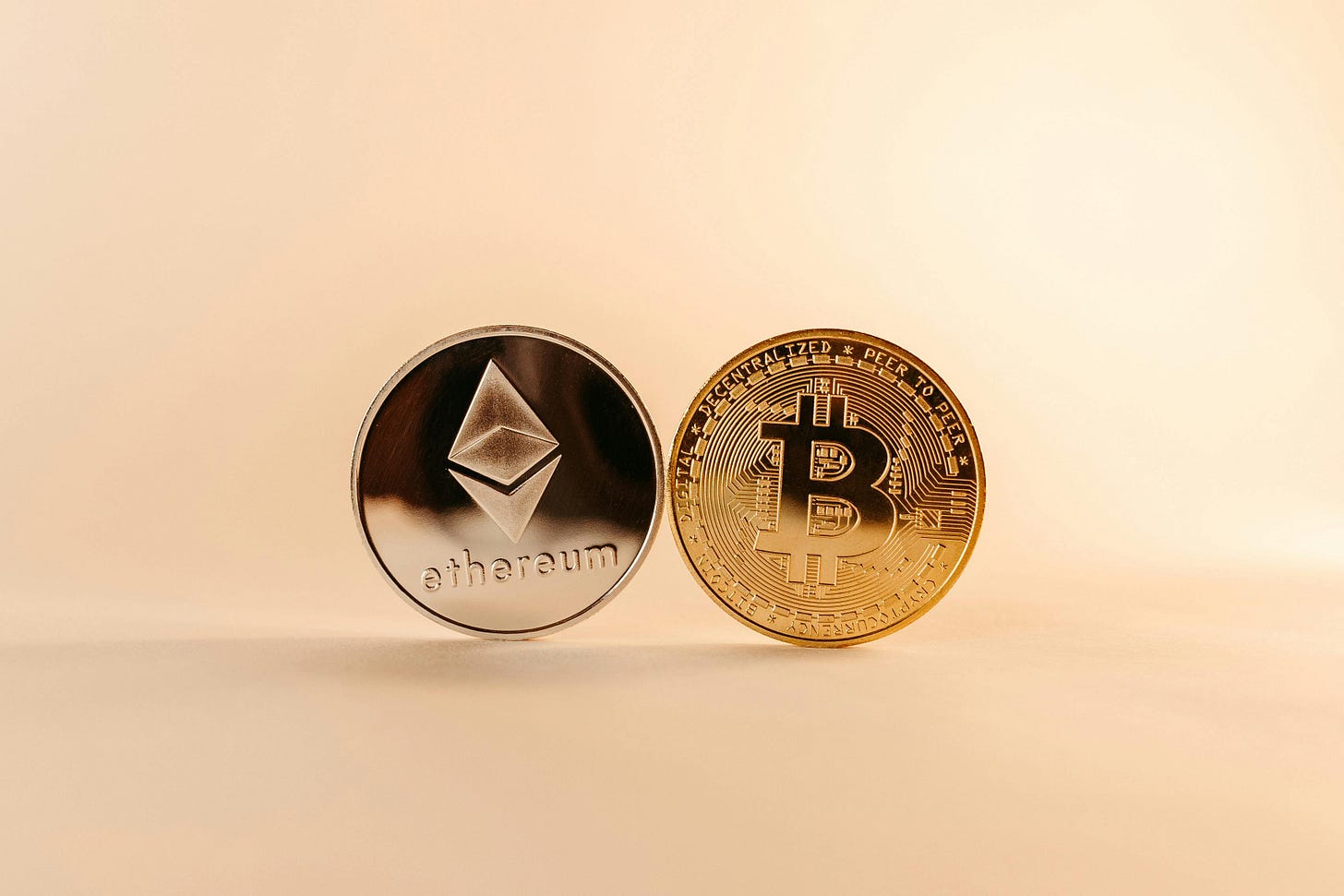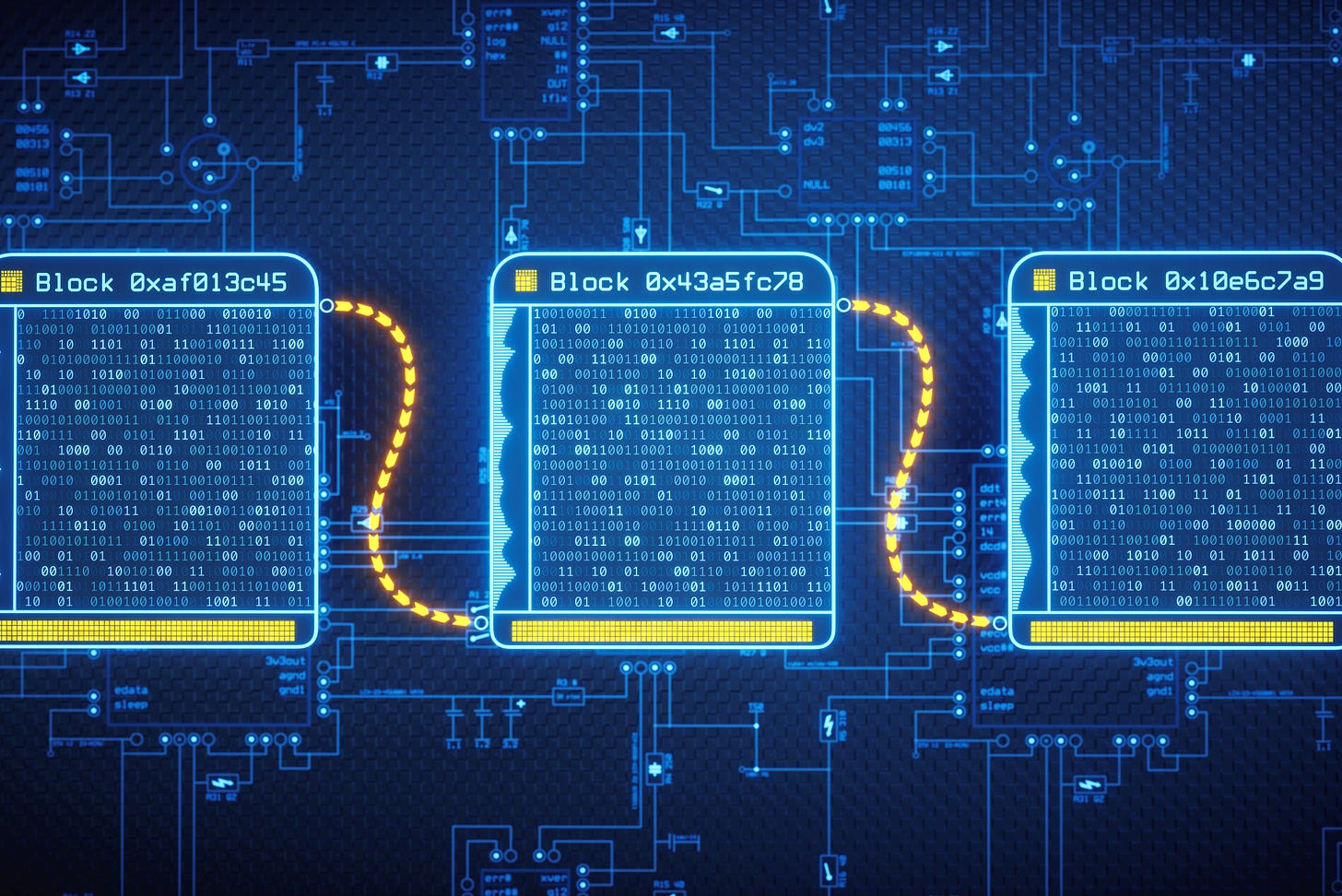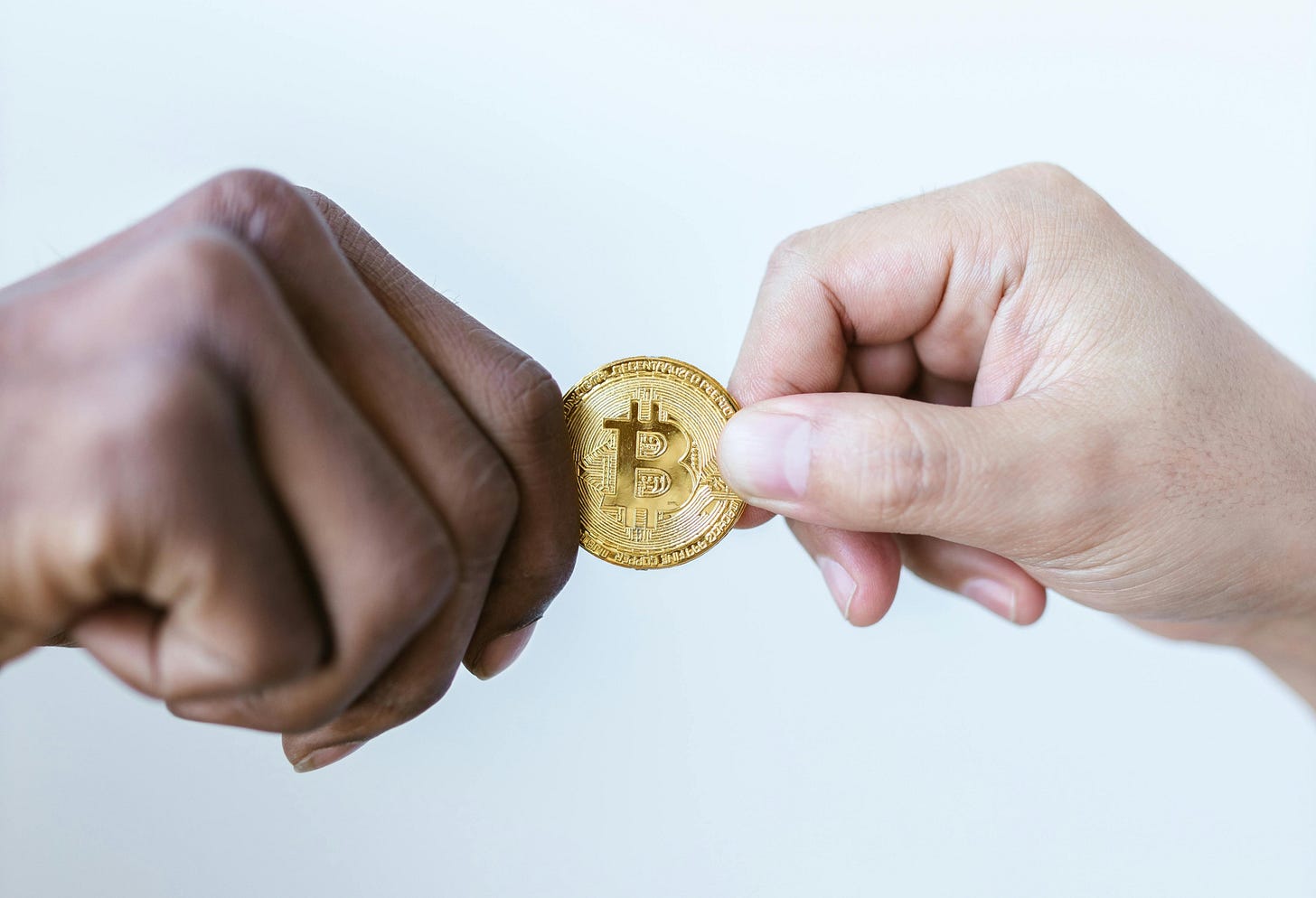Digital Assets 101: Foundations and Key Concepts (Part I)
Understanding what digital assets are and why they matter

Welcome to Part I of Digital Assets 101
Digital assets are transforming the financial landscape, introducing new possibilities for risk diversification, efficiency gains, and innovation. Despite their growing relevance, they remain a complex and often misunderstood topic. This four-part series aims to simplify digital assets, offering clear insights for finance practitioners and curious newcomers alike. The series includes four key topics:
Part I: Setting the Foundation—Gain an understanding of digital assets and why they matter.
Part II: Uncovering Hidden Roadblocks—Explore the challenges and risks associated with digital assets.
Part III: The Portfolio Game-Changer—Discover how digital assets can enhance portfolio strategies.
Part IV: Five Actionable Strategies—Learn and apply to leverage digital assets.
Whether you're looking to expand your portfolio strategies, adapt to changes in the industry, or simply want to gain a better understanding of this evolving area, this guide will equip you with the knowledge you need to build a foundation for digital assets.
A Paradigm Shift in Finance
Digital assets represent a significant shift in how value is created, transferred, and stored. By leveraging blockchain technology, they challenge traditional financial models, offering faster, more transparent, and accessible alternatives. Understanding these assets is becoming increasingly important as they transform traditional finance (TradFi) practices.
This first article lays the groundwork by defining digital assets, outlining their types, and highlighting their importance in modern finance.
What Are Digital Assets?

Digital assets are digitally created, stored, and managed items that hold value, establish ownership, and are traceable. They have traditionally included items like photos, documents, and videos. Blockchain technology has broadened the definition of digital assets.
Today, digital assets encompass cryptocurrencies, tokenized assets, and other innovations. While digital content was once easily copied and shared, blockchain technology uniquely prevents content duplication—such as double spending—allowing for secure value transfer within a decentralized network. This is how it works:
Blockchain technology serves as a distributed ledger that securely records and verifies transactions across a decentralized system.
It ensures transparency, enhances traceability, and enables efficient transfer of digital ownership without the need for a central authority.
Additionally, blockchain supports programmable and accessible financial instruments, unlocking new opportunities for the financial sector.
The following section explores the key categories of digital assets and currencies and their roles within the evolving financial ecosystem.
Major Categories of Digital Assets and Currencies
Digital assets encompass a wide range of innovations, including digital currencies, which hold value and enable transactions. While the term “digital assets” is used throughout for consistency, this categorization provides a comprehensive overview of their unique roles in modern finance.
Cryptocurrencies
Photo by Traxer Cryptocurrencies such as Bitcoin and Ethereum are decentralized virtual currencies that serve as a store of value or medium of exchange without the need for a central authority. They are often used for:
investments and speculative trading,
peer-to-peer payments, and
network incentives and governance.
In TradFi, cryptocurrencies are often compared to commodities such as gold or foreign exchange, as they serve as an alternative hedge against inflation or market instability. However, unlike these traditional instruments, cryptocurrencies rely on a blockchain, which provides transparency and decentralization and offers programmability and limitless utility.
Stablecoins
Major stablecoins (Source: CoinWire Japan) Stablecoins such as USDT and USDC are virtual currencies designed to maintain price stability by pegging their value to a fiat currency (e.g., USD) or a commodity (e.g., gold). They usually serve as:
cash equivalents for liquidity management,
seamless cross-border transactions, and
a gateway to decentralized finance (DeFi) applications.
Similar to money market funds in TradFi, stablecoins offer a reliable store of value with minimal volatility. However, they are characterized by running entirely on blockchain-based networks, enabling near-instant transactions and global accessibility without relying on traditional banking infrastructure.
Non-Fungible Tokens (NFTs)

Non-fungible tokens (Source: Elliptic) Non-Fungible Tokens (NFTs) are digital tokens that represent ownership of unique digital or physical items, such as art, intellectual property, or real estate. They enable the:
provenance and ownership of digital/physical assets,
tokenization of intellectual property, collectibles, or gaming assets, and
verification of identities and access control.
These tokens can be compared to certificates of ownership or title deeds, but they utilize the blockchain technology for traceability, transparency, and the ability to fractionalize ownership. Unlike traditional certificates, NFTs are extremely versatile and can be used beyond physical assets in digital economies such as gaming and virtual reality.
Tokenized Real-World Assets (RWAs)

Real-world asset tokenization (Source: Fibree) Tokenized real-world assets or RWAs represent physical assets—such as real estate, private equity, or commodities—converted into digital tokens on a blockchain. These tokens enable:
fractional ownership,
broader market access, and
improved liquidity for traditionally illiquid assets.
Traditionally, securitization has been the primary mechanism for making real-world assets investable, but tokenization offers distinct advantages. It democratizes access to high-value investments, facilitates 24/7 trading, and allows smaller investors to participate through fractional ownership, a feature not readily available in traditional markets.
Security Tokens

Security token (Source: Robert Muoka) Security tokens are blockchain-based digital representations of traditional financial assets such as shares, bonds, or derivatives. These tokens:
streamline equity-like ownership rights, trading, and compliance,
enable tokenized bonds or financial derivatives, and
offer revenue-sharing arrangements or profit participation.
While they are very similar to traditional securities regarding ownership rights and investment potential, security tokens are characterized by their ability to perform faster settlements, reduce middlemen, and automate compliance processes using smart contracts.
Central Bank Digital Currencies (CBDCs)

Central bank digital currencies (Source: Ledger Insights) Central Bank Digital Currencies (CBDCs) are digital representations of national fiat currencies, issued and backed by central banks. They:
provide a secure and efficient means for retail and wholesale transactions,
facilitate cross-border payments with central bank oversight, and
promise financial inclusion in underserved regions.
Unlike cryptocurrencies, which operate in decentralized networks, CBDCs retain the centralized control of traditional fiat systems. However, they integrate blockchain features such as programmability and improve the efficiency of cross-border payments, creating a hybrid approach to digital finance.
Why Digital Assets Matter

Digital assets differ from TradFi instruments in several fundamental ways:
Decentralization: Blockchain technology enables peer-to-peer transactions without intermediaries, reducing costs and improving efficiency.
24/7 Market Access: Unlike stock markets, digital assets trade continuously, offering greater flexibility to investors.
Programmability: Smart contracts automate processes like compliance checks and dividend distributions, increasing reliability and speed.
Global Accessibility: Digital assets transcend geographical boundaries, democratizing access to investment opportunities worldwide.
These features address long-standing challenges in TradFi, such as restricted market access, slow settlement times, and high transaction costs. Tokenized RWAs and stablecoins enhance liquidity and broaden investment opportunities, while decentralized financial solutions introduce alternative income streams like staking and lending. Blockchain technology further simplifies operations by enabling faster, more efficient processes with reduced reliance on intermediaries.
Yet, these opportunities come with challenges. High volatility, regulatory ambiguity, and technical complexities pose risks that require careful management and a robust understanding of the digital asset space.
In the next article, we will explore these challenges in depth.
Sources: Coinbase, Cumming et al. (2023), Inveestopedia, Osborne Clarke, PricewaterhouseCoopers,






